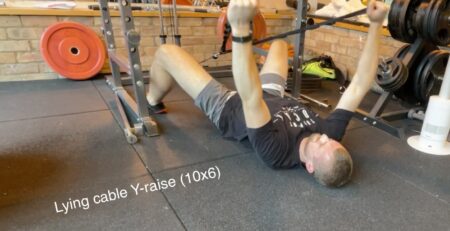Unilateral vs bilateral curls: a deeper look
🏋️♂️
Bilateral vs. Unilateral Bicep Curls: Strength Comparison
✅
Unilateral (One Arm at a Time) Curls
- You can usually lift slightly more per arm in a unilateral curl.
- This is partly due to:
- Greater neural drive (you can focus all effort on one limb).
- Less systemic fatigue since only one arm is working.
- Core and stabilizers assisting more, especially in standing variations.
Example:
If you curl 40 lbs for 8 reps with one arm at a time, you might only manage 35–37.5 lbs per arm during bilateral curls with good form.
✅
Bilateral (Both Arms at Once) Curls
- You typically lift more total weight overall, but less per arm compared to unilateral.
- The movement is more time-efficient and symmetrical.
- Slight cheating (like using momentum) is easier to sneak in, which can increase the load artificially.
⚖️
Why You Might Lift More Per Arm Unilaterally
- Your central nervous system can concentrate force production on just one limb.
- No bilateral deficit: Many people experience a slight reduction in per-limb output when using both limbs simultaneously (called the bilateral deficit).
- Improved focus and mind-muscle connection.
🔄 Practical Implication
- If your goal is maximum load per arm and improved control, unilateral curls may be superior.
- If you’re training for efficiency, symmetry, or overall volume, bilateral curls are excellent.
💡 Pro Tip:
Alternate both styles in your routine:
- Use bilateral curls early for volume and symmetry.
- Finish with unilateral curls to focus on peak contraction and correct imbalances.



Leave a Reply